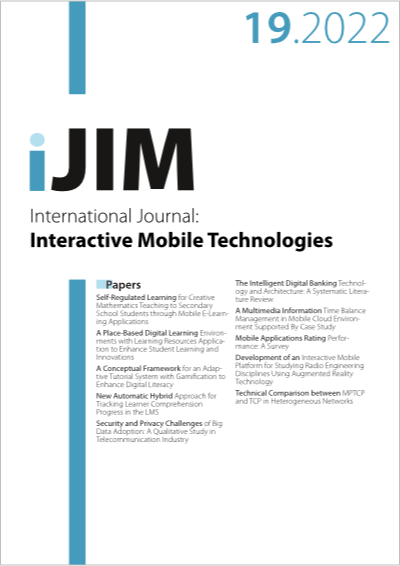Self-Regulated Learning for Creative Mathematics Teaching to Secondary School Students through Mobile E-Learning Applications
DOI:
https://doi.org/10.3991/ijim.v16i19.32513Keywords:
teaching mathematics, creativity, self-regulated learning, secondary school studentsAbstract
This study aims to determine the effect of self-regulated learning (SRL) on students' mathematical creativity through the "zoom" mobile e-learning application. SRL is learning that refers to activities to control and regulate the learning process independently of students to find creative ideas. This quantitative research uses a quasi-experiment approach. Participants in this study were 53 students at a secondary school in Malang, Indonesia. Participants were divided into two groups, namely 26 students in the experiment group and 27 students in the control group—grouping based on the purposive random sampling technique. The design of this study used a Nonequivalent Pre-Test and Post-test Control-Group design because the implementation of SRL was only for the experiment group, but both groups carried out pre-test and post-test. The data analysis technique used paired T-test analysis to compare and identify students' creativity from the experiment and control groups. Data analysis using the SPSS 23 application. The results showed that students' creativity in the experiment group was higher than in the control group. In the experiment group, students provided many creative solutions for various shapes of cube nets. This research will provide educators with suggestions to consider implementing SRL strategies to increase students' creativity in “Zoom” e-learning applications.
Downloads
Published
How to Cite
Issue
Section
License
Copyright (c) 2022 Flavia Aurelia Hidajat

This work is licensed under a Creative Commons Attribution 4.0 International License.



